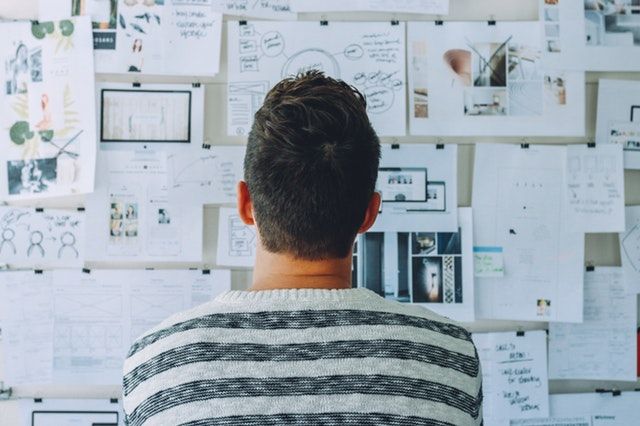When we have introduced people to our service, we are often told by the person we are speaking with, that our concept is fairly unique and that they have not encountered anything quite like it.
Most see how our service could make sense, but one of the most common questions we get is where people are not sure how the percussion elements work together with the “Thought Provoker” parts of the session.
So, to illustrate this, we ask you to think of the experience that many people have when they are in the shower or bath or doing something similar like cooking or gardening, for instance.
These are activities where, more often than not, we seem to come up with ideas or solutions to problems while seemingly day dreaming. We read somewhere that something like 72% of people have this type of experience. And, it is often during activities like these when we don’t seem to have a pen, pencil, paper, notebook or something similar to hand to capture our ideas. A bit annoying and sometimes downright frustrating, right?
Researchers Allen Braun and Siyuan Liu decided to track the brain activity of rappers doing freestyle and turn it into a research study.
Free-style rap is a great example of a creative process that is both relatively easy to track and can be translated into lots of other areas. What they found was fascinating. When we are being creative, some of the everyday brain areas are completely deactivated, whilst other areas that we don’t use in our everyday lives light up.
They stated: “Artists showed lower activity in part of their frontal lobes called the dorsolateral prefrontal cortex during improvisation, and increased activity in another area, called the medial prefrontal cortex. The areas that were found to be ‘deactivated’ are associated with regulating other brain functions.”
So, the areas in our brain, that we use to make decisions are largely inactive. The “medial prefrontal cortex” area, which is responsible to learn association, context, events and emotional responses was, on the other hand, extremely active.
Alice Flaherty, a renowned neuroscientist researching creativity has another possible answer for us.
She says that another ingredient that’s very important for us to be creative is dopamine. In biochemistry, dopamine is a compound present in the body that acts as a neurotransmitter and a precursor of other substances including adrenalin. This chemical acts as a messenger between brain cells. Dopamine is important for many of our daily behaviours. It plays a role in how we move, for instance, as well as what we eat, how we learn and even whether people become addicted to drugs.
Dopamine also helps with reinforcement — motivating a person or animal to do something again and again.
Dopamine is what prompts a lab animal, for instance, to repeatedly press a lever to get tasty pellets of food. Because of its roles in reward and reinforcement, dopamine also helps people and animals focus on things.
Anything that’s rewarding, after all, is usually well worth our attention.
The more dopamine that is released, the more creative we are, Flaherty says: “People vary in terms of their level of creative drive according to the activity of the dopamine pathways of the limbic system.”
Typical triggers for events that make us feel great and relaxed, and therefore give us an increased dopamine flow, are taking a warm shower, exercising, driving home from somewhere like work, a rhythm workshop, etc. The chances of having great ideas at these moments are a lot higher.
Still, that’s not all there is to it. Dopamine alone, which gets triggered in hundreds of events where we aren’t very creative, can’t be the only reason for increased creativity.
Another crucial factor is a distraction, says Harvard researcher, Dr Shelley Carson: “In other words, a distraction may provide the break you need to disengage from a fixation on the ineffective solution.’’
Especially if you have thought long and hard all day about a problem, jumping into the shower can turn into what scientists call the “incubation period” for your ideas.
The subconscious mind has been working extremely hard to solve the problems you face and now that you let your mind wander, it can surface and plant those ideas into your conscious mind.
We try to create a similar scenario through our combined rhythm and thought provoker workshops.
We combine thought provoking content to help our listeners and participants consider an important point or topic, but create a setting through the percussion workshops, where they can relax enough to allow their creative brain, if you like, to kick in.
Now, don't get us wrong. We're no scientists and we're certainly not making wild claims about anything that we are not qualified to make claims about.
But, we think you will see the common sense of our argument. And that you will see how beneficial our sessions can be.
Just ask our clients who have seen us in action.
